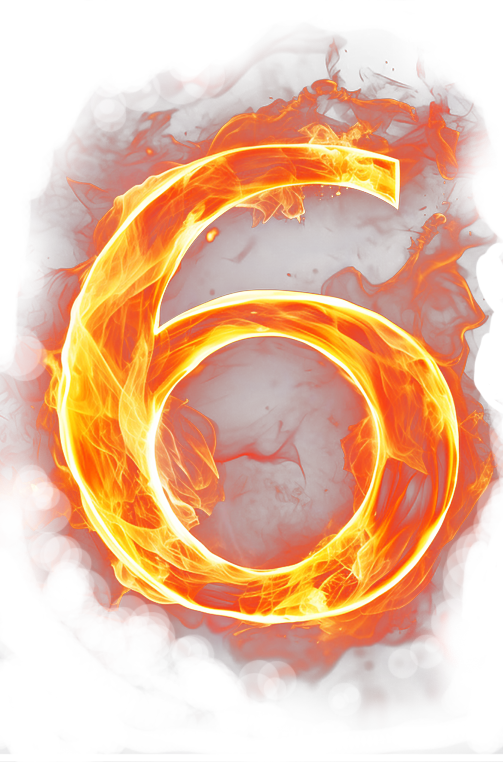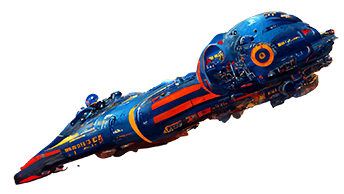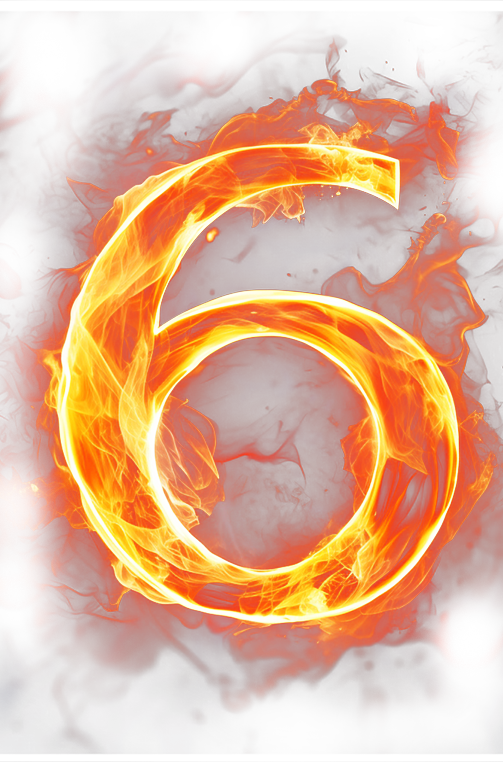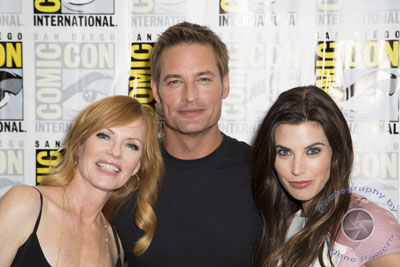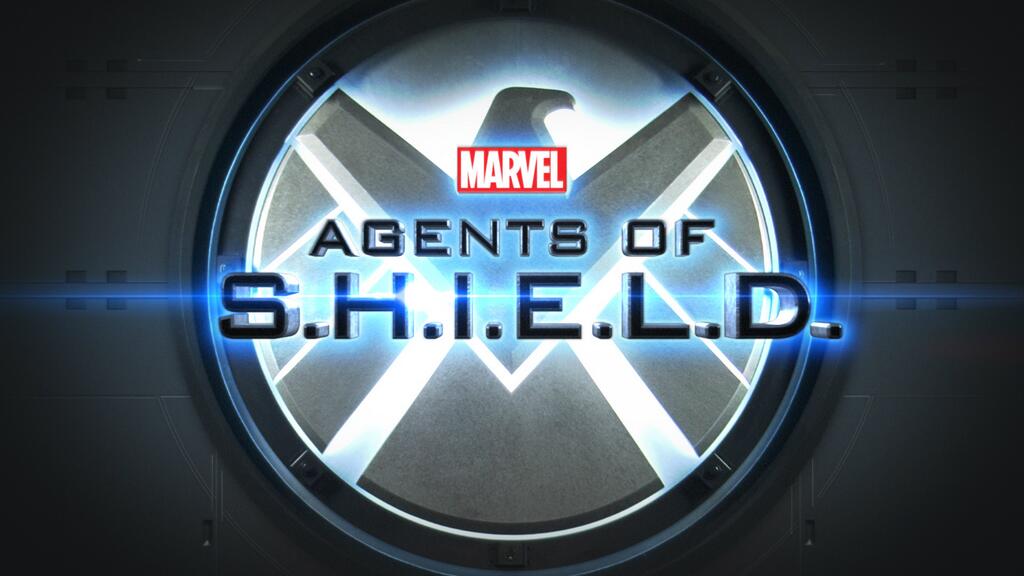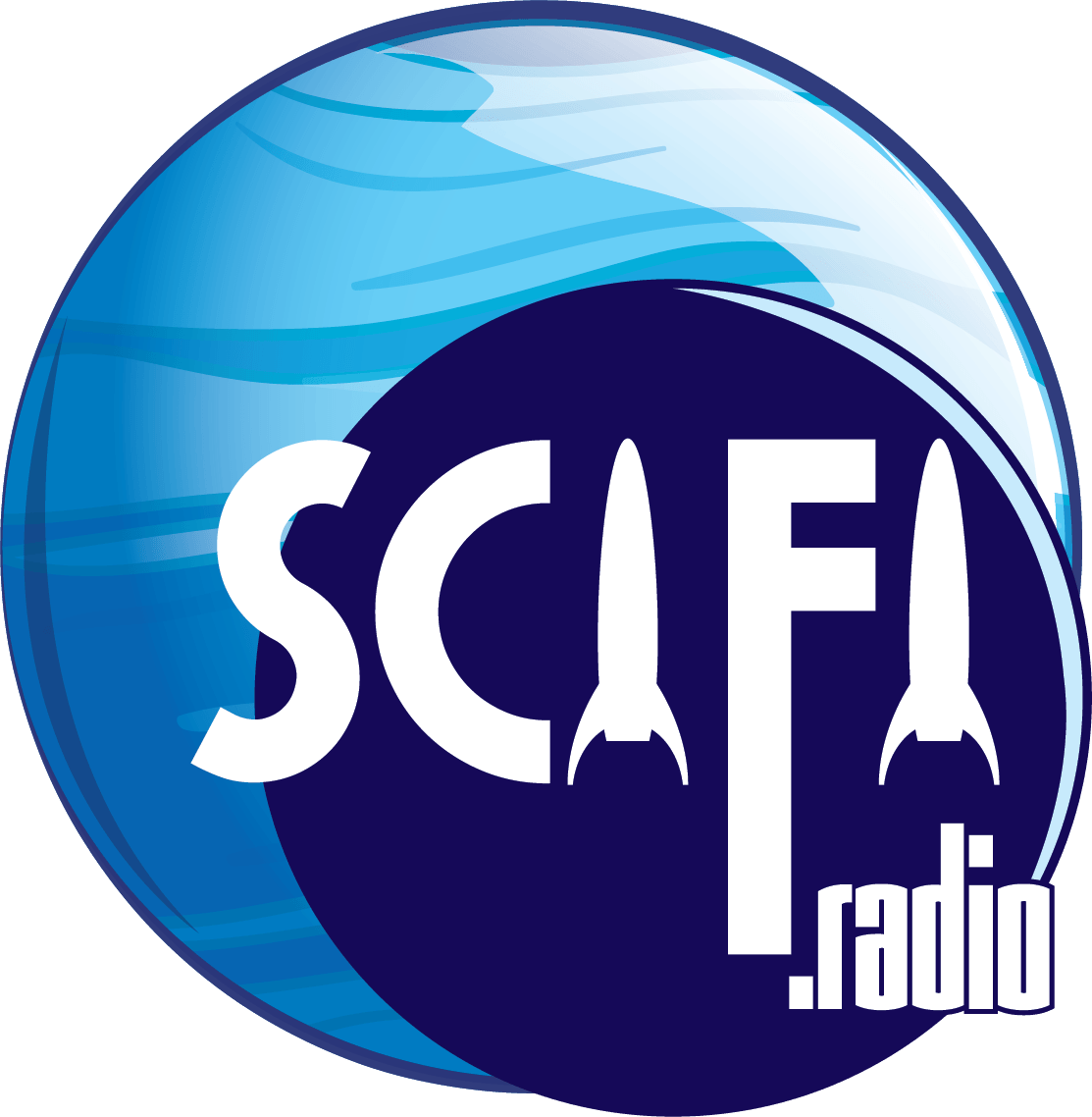This writer had the great fortune of being included in a press-only meet-and-greet session with the movie’s creators before the show. The atmosphere was festive and highly charged as each luminary made the interview rounds. These included:
Screenwriter DWAYNE McDUFFIE
Voice Director ANDREA ROMANO
Co-feature directors SAM LIU and LAUREN MONTGOMERY
VANESSA MARSHALL – The voice of Wonder Woman
JOSH KEATON – The voice of The Flash
And GINA TORRES – The voice of Superwoman
First up was Andrea Romano, a veteran vocal and casting director whose career spans the animation industry, from the Snorks to Animaniacs to Pinky and the Brain to Freakazoid and more. Her work with various DC franchises is legion: Batman the Animated Series, Superman, Justice League, Batman Beyond, Teen Titans… Enchantingly animated herself, this lovely lady was very forthcoming about her approach to her craft.
“I look for originality,” she says, when asked about the requirements in a voice actor. “I look for energy, I look for a willingness to play… It’s always about good actors. So, I look for good actors first. When I’m casting the rank-and-file voice-over actors that can fill the roles that are non-celebrity, I’m looking for someone who can convincingly play two or three characters in the same episode or the same project that doesn’t sound like the same guy. So that the guy who’s playing Green Lantern doesn’t sound like the same guy
who’s playing ‘Thug 3’ or sound like the same guy who’s playing the butler. I want to make sure that they can convincingly do multiple voices that don’t sound cartoony, too, because these are not cartoony shows. These are very realistic-sounding voices.”
When questioned as to what vocal nuances were desired for this particular project, she had this to say:
“Reality. And subtlety. Didn’t want to have to play anything too big and broad… James Woods…in his Owlman performance. Where he is so low-key. And he’s so convincing…and he’s this evil, evil character. There’s a point where you go ‘I’m kind of getting into what he has to say…I’m starting to think maybe he’s not such a bad guy.’ Because he’s so convincing and so committed to what he’s saying that he’s no longer a bad guy.”
Still in the pipe for the near future is her work on the highly-anticipated DVD release of Batman: Under The Red Hood.
Josh Keaton is also a veteran in the field of the fantastic, having done vocal work spanning roles from the Back To The Future and Batman animated series to parts in various comic-book hero-driven computer games, including the voice of a certain Friendly Neighborhood webslinger, for both game and television. In JUSTICE LEAGUE CRISIS ON TWO EARTHS, he takes on the role of the Flash. So, what was it like to play everyone’s favorite Scarlet Speedster?
“The experience was awesome!” he says with an impish grin. “I’m a huge DC fan. I’m a huge
geek. I grew up reading comics. I am a Flash fan – Justice League in general.”
Being able to reconnect with a few previous workmates was also a big plus for him.
“I got to work with Vanessa Marshall, who does Wonder Woman – she was Mary Jane in our [Spectacular] Spider-Man series. I got to work with Bruce Timm again and it’s always greatto see him.”
Sam Liu has directed several episodes of The Batman animated series, as well as Superman / Batman: Public Enemies. He holds the interesting position of co-director on JUSTICE LEAGUE. One question put to him concerned the primary nemesis of the League in the movie – the Crime Syndicate. Hailing from the 60’s era of publication, the Crime Syndicate could be seen as a dubious choice in some circles, given their highly arch, Silver-Age approach to villainy, sometimes bordering on camp. When asked about the decision made to “up the ante”, so to speak, in the graphic look of the characters as well as their behavior as viable bad guys, Mr. Liu replied:
“I think that kind of has to do partially with relatibility. …we want to completely modernize them. I think, even, just the way fights are done nowadays. The fighting has become a lot more complex. The way it’s choreographed, the way it’s edited… So I think that…as far as design and cool factor and all that stuff…it’ll be a crowd-pleaser.”
These days, Dwayne McDuffie is the go-to guy as a writer of powerful comic-book material for the small screen. From Static Shock to the Teen Titans to Ben 10: Alien Force to the Justice League series, he has been adeptly crafting high-action, character-driven stories for some time now. Concerning the choice made for the film’s storyline, he had some significant things to say:
“Well, it’s kind of a classic Justice League situation. Very much a classic DC thing, the many parallel Earths and slightly different to extremely different versions of all the characters. That’s really fun. The question of what the Justice League can do with their powers, the decisions that they’ve made – that’s always interested us on the show. Probably the major theme of the T.V. show. And it’s another way, by showing a group, where, they’ve just completely taken the other road, rather than trying to help humanity and use their
powers to subjugate it.”
Throughout its long history, DC has made frequent use of the concept of a multiverse – infinite parallel Earths, each existing in its own continuum, each an echo of all others in various ways. Some of these echoes are benevolent, as in the original idea that all of the Golden Age characters of the DC publication line resided on what was known as Earth-2. Some not so much, such as the alternate Earth which featured the Crime Syndicate. Over
time, the sheer proliferation of these alternate worlds led DC to construct massive storylines that attempted to alternately consolidate and then reorganize the multiplicative realms. Some fan circles have wondered if this latest installment of the Justice League mythology ties into all of that.
“Well, you know, there is an element of the infinite Earths,” says McDuffie. I actually have Owlman explain where the infinite Earths come from, how that works. I thought that was kind of fun. There is a Flash moment at the end that’s sort of an echo of Crisis on Infinite Earths. But, those are really just, sort of, touchstones for the fans. You don’t have to know any of that stuff to enjoy the film.”
The issue came up concerning the complexity that usually surrounds such grandiose narratives. The question was put to Mr. McDuffie: ‘How do you keep it simple?’
“It’s what I learned…from Bruce Timm and Alan Burnett and Paul Dini and those guys: Find the core of the character. Find the pure element. You want to do…the Aristotlean Batman, you know?”
A brief mention was made of the Teen Titans animated series. Although the dynamics between the Titans and the Justice League were quite different, Mr. McDuffie’s coda encompassed both and more: “What it’s about is: What’s entertaining about these characters? What interests us about these characters? We’ll tell stories like that and that’s what we always try to do with this stuff.”
Lauren Montgomery has directorial experience through such projects as the Legion of Super Heroes animated series, and features such as Superman: Doomsday, Green Lantern: First Flight and Wonder Woman. In Justice League Crisis on Two Earths, she co-directs with Sam Liu.
“I think we’d always wanted to work together,” she said of the prospect of b
eing behind the camera with Liu. “…Sam’s been doing it a lot longer than I have so I definitely want to use it as a learning experience.”
And what were the differences, between most of her previous work and a project of this sort?
“The obvious difference is a much larger cast, as far as the good guys are concerned. There’s always important characters and we definitely want to make sure that none of them are…in the background. So we try to make sure they each have some camera time. It’s a huge challenge to definitely handle each of your very prominent characters and make sure you handle them correctly.”
Since the 90’s, Vanessa Marshall has built an impressive career of voxography in the electronic game industry. From such franchises as Forgotten Realms, Command & Conquer, Metal Gear Solid and Star Wars: Jedi Knight, she is no stranger to the microphone. When it comes to comic-book material, she is equally skilled, having performed the voice of Mary Jane Watson in the Spectacular Spider-Man animated series (where she worked alongside Josh Keaton)
as well as performances in Wolverine and the X-Men and Justice League: New Frontier. In this newest Justice League movie, she portrays the voice of the Amazing Amazon, Wonder Woman.
“This is my first foray into the world of Wonder Woman, yes. I…auditioned for the cartoon series many years prior. …never actually got it. So, that was an awful failure. Now, I’m able to [revisit]…it’s become a huge success and it’s very, very cool.”
From her outstanding performances in Joss Whedon’s Firefly series to Alias and Standoff to appearances in Boston Legal, Bones, Pushing Daisies and FlashForward, Gina Torres is in high demand these days. In Justice League Crisis on Two Earths, she portrays the voice of Superwoman. For her, this is a return to the fold, given the fact that she was the voice of Vixen for five episodes of Justice League Unlimited.
Concerning the chance to play a comic-book villain:
“It’s fun playing bad. You know – don’t have to go to therapy…get it all out, right on the screen.”
She responded with a smile when asked if she had a favorite line from her character in the movie:
“I can’t exactly remember…I’m paraphrasing it…but it’s something about…she just comes to describe herself as a sick and twisted sociopath. You gotta love that.”
When asked about what made her want to be a part of this project, she smoothly replied:
“It gives me great step-mom cred and status. It also gives me great wife cred and status, as my husband is a huge comic-book fan.”
In case you don’t know it, her husband is none other than actor Laurence Fishburne. In an interesting coincidence, the Paley Center was also celebrating Black History Month and whose brooding image should be portrayed among a series of celebrity wall placards in full view of Gina Torres but that of the man himself! Even in the most disparate of places, he’s always with her. One of the last questions brought up the subject of her impact on the prospect of women
playing roles strong enough to equal the androcentric tendencies of adventure films.
“I think it’s fantastic,” she asserted. “I think it’s great. I think it’s wonderful that I am filling this need or part of this need to have strong and capable, fantastic women out there. The fact that I’m doing a good job with it because they keep asking me to continue to play these parts. I’m up for it.”
There was one more member in this creative ensemble – a gentleman who made the press rounds with surprisingly little fanfare…
Steve Niles is an accomplished writer of the macabre. One of his most popular works is the film 30 Days of Night – a tale of vampires terrorizing a town in Alaska during its month-long extended sunset, which grants them free rein among their victims since they have no need to hide from daylight. The idea began as a comic-book mini-series and was a major springboard for the launch of Mr. Niles’ career. Early on, he formed his own company, Arcane Comix – an outlet for his self-published creations. He also did extensive work with Todd McFarlane Productions and Eclipse Comics before forming production companies with such big names as Rob Zombie and Thomas Jane. Niles has been employed by both Marvel Comics and DC, his work at DC in particular including two mini-series; one for Batman and one for the off-beat Steve Ditko hero the Creeper. Steve Niles was also the writer of a DC Infinite Halloween Special, featuring Superman.
Mr. Niles’ presence at the gathering came as the result of a direct connection to the Justice League movie. Included with the feature on the DVD is a special short for another of DC’s seminal characters: The Spectre. The Spectre is a grim spirit of vengeance, claiming justice for the victims of murder in the world. The character has been a member of the DC canon for over seventy years and has been a cornerstone figure of its occult milieu.
Though the short only measures out to a little over eleven minutes, it acts as a nice primer to the mythology that surrounds the Spectre for those unfamiliar with the character. It is hoped that this could turn out to be a precursor to a full-length supernatural feature.
Any fans who have followed the exploits of the Spectre in modern times know that there have been some changes to the character – one change in particular being a complete relaunch of the hero with an all-new identity; that of (at the time) former Green Lantern Hal Jordan, instead of his original identity as a hard-boiled detective known as Jim Corrigan. Since Corrigan has served as Spectre’s earthly alter-ego for so long, the question comes up as to
just who Mr. Niles has chosen to feature in his story.
“It is Jim Corrigan,” he states. “The original Spectre. And, you know, I was hugely inspired by the…70’s version and that judge, jury and executioner with a sense of justice…and irony…and humor…it all got in.”
The Spectre as depicted in the 70’s was VERY powerful. How does this latest incarnation stack up in comparison?
“You’ll be happy. …I didn’t have to deal with an origin. There’s a whole thing left at the end, there… Hopefully, people will want more. You know, they’ll want to find out who this guy is and why he became…this.”
In the midst of the exhilarating atmosphere, our time began to run short. The main event was soon to begin. And so, after a few more quick photo-ops, it was off to the theater and what promised to be a sensational highpoint to what had already become a fabulous foray into DC’s latest and possibly greatest cinematic venture yet. With so much quality already in the can, one revels in the sense that the future looks even brighter.
